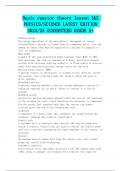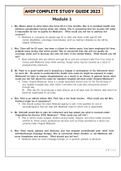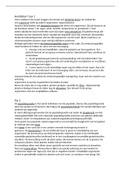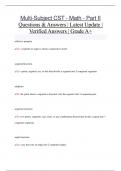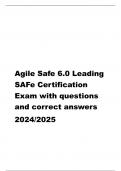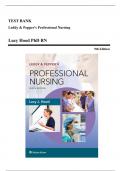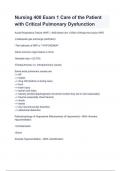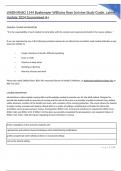Exam (elaborations)
Basic reactor theory lesson 1&2 PHYSICS/SCIENCE LATEST EDITION 2024/25 GUARANTEED GRADE A+
- Course
- Institution
Basic reactor theory lesson 1&2 PHYSICS/SCIENCE LATEST EDITION 2024/25 GUARANTEED GRADE A+ Binding energy The energy equivalent of the mass defect; the amount of energy released when a nucleus is formed from its component parts, also the amount of energy that must be supplied to a nucleus to sepa...
[Show more]
